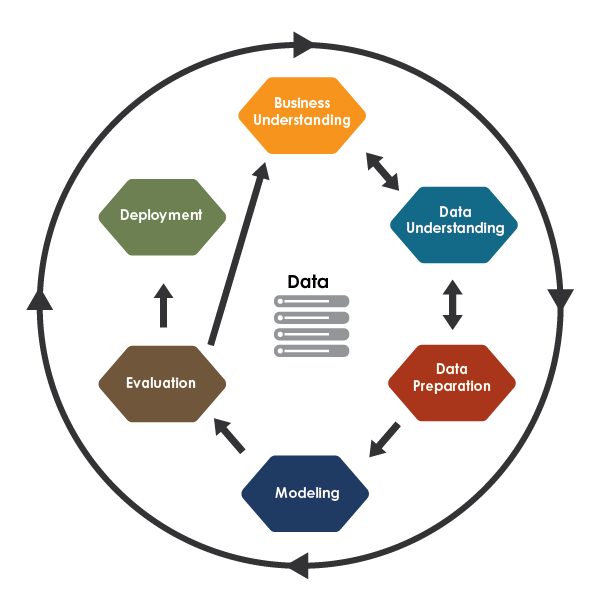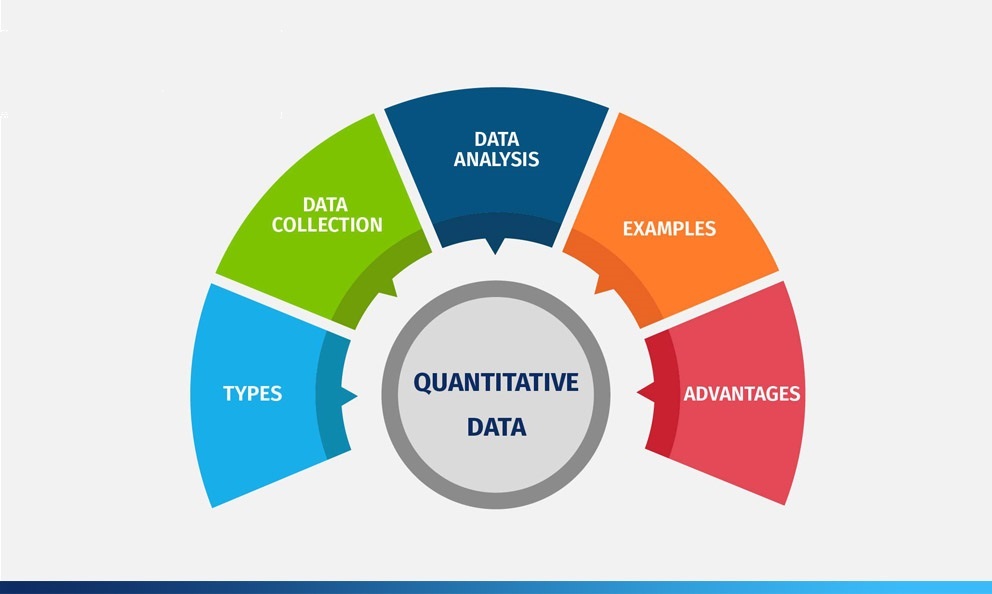
In this manner, the management and planning tool can help to track quality improvement process systematically from the main long-term goal down to goals that are more detailed as well as the ways to implement individual improvements. Means can be further broken down into different categories such as practical, non-practical or uncertain. The process can then be directed through the path of the goal/objectives/means. For example, if there is a long-term goal to improve quality then the tree diagram tool can be used to break it down into several/multiple short-term goals. It is especially useful in the planning of resources, scheduling, prevention of faults, etc. This type of diagram is a tabular tool which helps to identify links between different factors and criteria.

It has a hierarchical structure and visualizes complex problems broken down into their major components in order to solve such problems successfully. The tree diagram is another management and planning tool.

It is also characterized by a network structure. The Relations diagram is different from the previously discussed Affinity diagram because it reflects ideas and problem links but not associations. It is particularly useful to apply this management and planning tool in strategic quality planning during the description phase of the process. This diagram is useful for clarification and understanding relationships of a complex nature through a graphical representation of cause-effect links. In its own turn, breaking down larger complex problems into categories and regrouping helps to form a structure that determine the problem.Īnother important management and planning tool is the Relation diagram. It is especially useful for the purpose of systematization of big data into groups and categories, according to some forms of affinity. The affinity diagram is a visual brainstorming instrument that can be used to categorize various facts and data, ideas and opinions by a proximity factor. The first of the tools in the list is Affinity diagrams. In the early 1980s, the seven management and planning tools were designed as major tools for effective planning and management of processes, which are above the quality operation.

Quality improvement leads to a perfect product that is meant to satisfy the customer. However, quality is quite a complex concept that can be viewed as a measure of perfection. Competition level within every industry is constantly growing and businesses try to find any possible ways to improve quality of products and services.


 0 kommentar(er)
0 kommentar(er)
